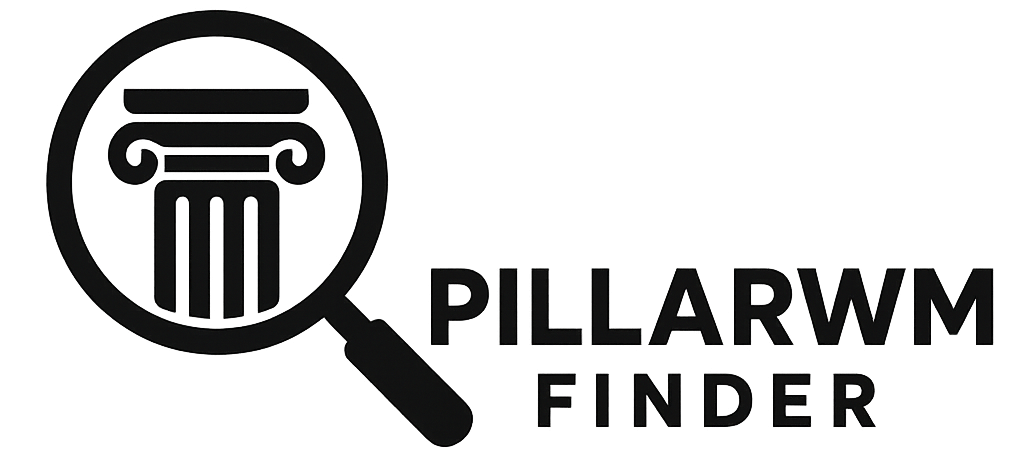
How I Achieved Financial Freedom Through Retirement Income Planning
I remember the day I decided to get serious about retirement income planning. I was sipping my morning coffee, thinking about all the moving pieces—Social Security, my personal savings, and the possibility of annuities. It felt overwhelming at first, but I knew I needed a solid approach if I wanted to retire comfortably and preserve my wealth for the long haul.
Reflect On My Retirement Goals
My first step was figuring out what “comfortable” really meant to me. I asked myself how much income I’d need each year, where I’d want to live, and whether I planned on supporting other family members. Once I realized I’d need roughly 75% of my final working income during retirement, I set my sights on achieving that target. In fact, a 75% replacement rate is often suggested by experts such as T. Rowe Price to maintain a similar lifestyle.
Identify My Potential Income Sources

After clarifying my goals, I looked at every possible income source I might have. For me, these boiled down to Social Security, personal savings, and various investments.
Lifetime Income Streams
Social Security is a big part of many retirement plans, though it covers only around 40% of pre-retirement earnings for moderate earners, based on U.S. Bank. Because Social Security alone wouldn’t fully replace my salary, I had to explore other lifetime options. I decided to look into annuities, which can provide a guaranteed income flow. Annuities can be especially appealing if you want steady monthly checks that arrive like clockwork, but they do come with restrictions on accessing your principal.
Dividend And Interest Income
I also leaned on my portfolio for dividend and interest income. By holding high-quality bonds, bond funds, and dividend-paying stocks, I could see a flow of interest and dividends without dipping into my principal. This strategy, highlighted by Fidelity, helped me stay flexible while keeping my core assets intact.
Decide On A Sustainable Withdrawal Rate

Next, I had to figure out how much I could withdraw each year without emptying my accounts prematurely. A 4% annual withdrawal rate is a common guideline, but some retirees adapt it to anywhere from 3% to 5%, as noted by Merrill Lynch. I opted for about 4% to start, then adjusted along the way based on factors like market performance and personal expenses.
I also learned to time my withdrawals carefully. If I tapped my 401(k) too early, I might face significant penalties. Meanwhile, deferring Social Security benefits until age 70 could boost my monthly payout by as much as 8% per year after full retirement age, according to Guardian Life. Waiting turned out to be a powerful tactic for me because I was healthy and planned on a long, fulfilling retirement.
Diversify For Safety And Growth

I didn’t want to rely solely on low-risk, lower-yield investments. Instead, I created a balanced portfolio with a blend of stocks, bonds, and other assets. The equity portion was key to staying ahead of inflation, because a retirement that spans 20 or 30 years can see prices rise considerably. By including a mix of equities—such as dividend-focused funds or even Real Estate Investment Trusts (REITs)—I managed to find a healthy balance between growth and income.
Answer Five Retirement FAQs

You might be wondering about retirement income planning—how to optimize Social Security, handle taxes, estimate yearly withdrawals, pick the best investment vehicles, or decide if annuities are right for you. I asked myself the same questions, and finding clarity meant speaking to financial professionals and referencing trusted sources like Wells Fargo and Social Security Administration. One big question was “Do I have to pay taxes on retirement income?” so I explored that further at do i have to pay taxes on retirement income to avoid surprises during tax season.
Tie Everything Together

Eventually, I pieced together a strategy that aligned with my goals and lifestyle. I set a budget, mapped out my withdrawal schedule, and tracked my portfolio’s performance. I also consulted a retirement plan advisor to handle more complex topics, like ensuring my estate plan was in order and optimizing my investments for long-term tax efficiency.
By staying flexible and educating myself on each step, I reached a point where I’m confident about my future finances. If you’re aiming for that same peace of mind, start small by listing your potential income sources and deciding how much you truly need to live comfortably. From there, explore options like annuities, dividend-paying stocks, or even part-time work if that’s appealing. Most importantly, keep reviewing your plan to make sure it still fits your changing life.
That’s how I achieved financial freedom through retirement income planning. I hope my story gives you ideas for your own path. If you found any of this useful or have a tip of your own, I’d love to hear about it. After all, retirement should be about enjoying life, not stressing over every dollar.
Showcase your recognition by adding our award badge to your website! Simply copy the code below and embed it on your site to highlight your achievement.

Recent Posts
Retirement Planners in Los Angeles to Consider
Los Angeles, a city synonymous with opportunity and innovation, is...
Retirement Planners in New York to Consider
Navigating the financial landscape of New York can be overwhelming,...





